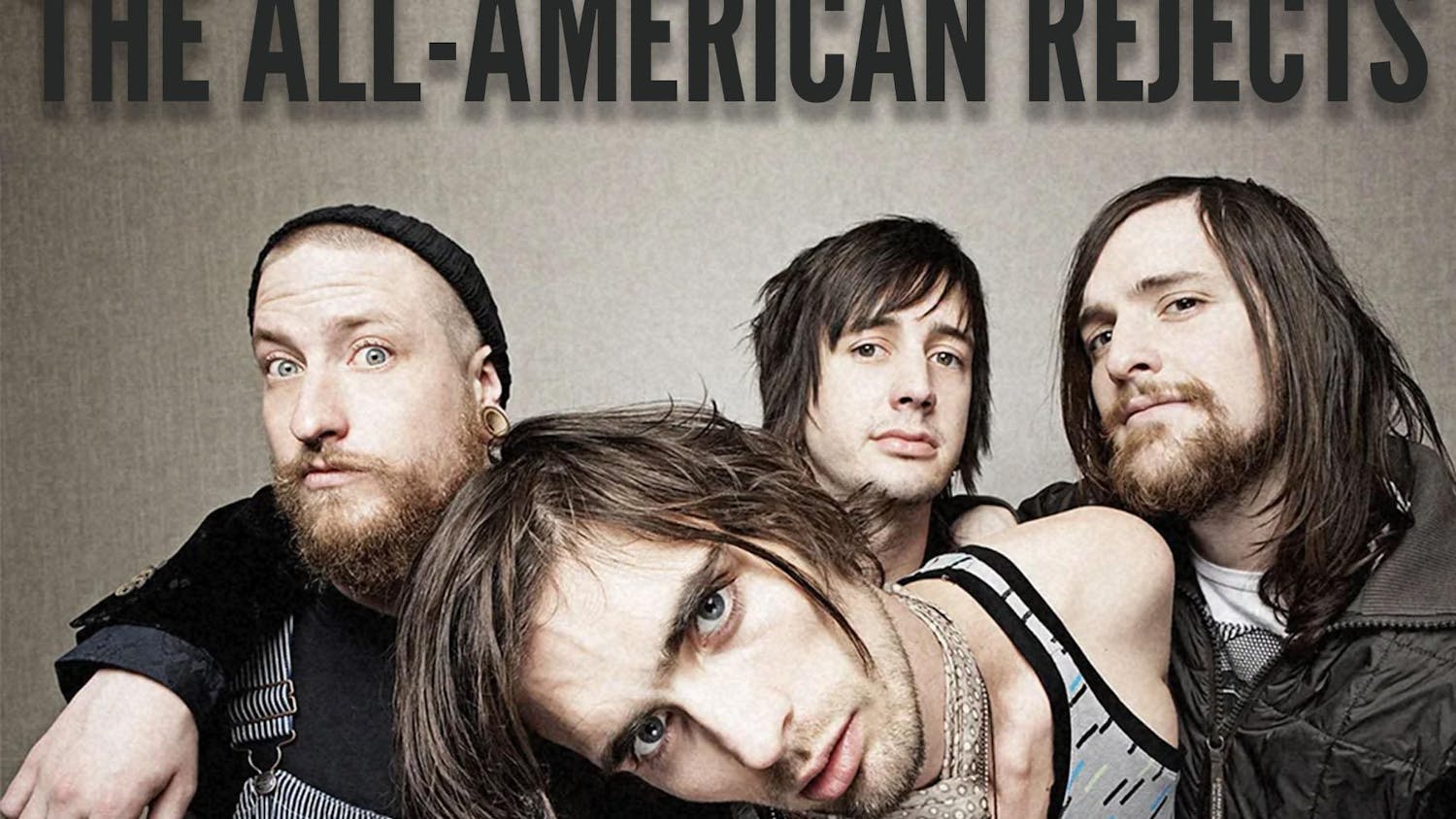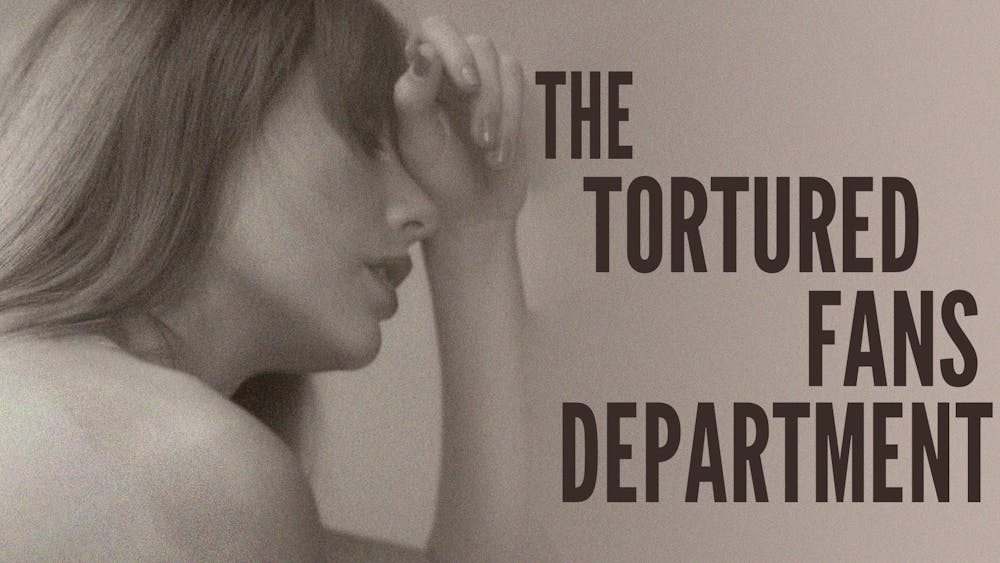
If you watched the Super Bowl for the commercials but don’t consider yourself a “car person,” then you might have found yourself wondering: What’s an Alfa Romeo?
It’s a car, but the full answer to that question isn’t quite so simple. Perhaps as a function of its Italian heritage — with the racing credentials, beauty and questionable reliability to prove it — the Alfa is also a symbol, or at least the vintage Alfas are. They’re daydream stand-ins for your Volkswagen and pin-ups on a car-obsessed 13-year-old’s bedroom wall. They’re a reminder to anyone who has seen the 1967 smash-hit film “The Graduate,” of the freedom — the good and the bad — that comes with it. But it also reminds us that sometimes cool things just break.
But what about the new Alfas? The passage of time has elevated many vintage models to iconic status. But in America, where the Alfa is still largely defined by a 50-year-old film, time has damaged the brand.
Alfas first reached American shores in 1961. Thanks to “The Graduate,” in which Dustin Hoffman’s character is given an Alfa Romeo Spider 1600 as a college graduation present, the Alfa Romeo became a sensation. It didn’t matter that quirks like the car’s shoddy fuel gauge were prominently featured in the film — the car was sexy and the film’s association with the youth movement cemented the Alfa Spider’s place within the collective imagination of a generation. My father still dreams of owning one. But American sales ultimately declined, and in 1995, Alfa ceased exporting cars to America. For the next 19 years, only one Alfa made its way to America: the limited production, $300,000 Alfa Romeo 8C. Sure, an aura of exclusivity can benefit a car brand, but only if that exclusivity mutates into “coolness,” something the 8C didn’t accomplish. It wasn’t in any “Fast and Furious” movies, and no rappers have ever woken up in a new Alfa Romeo. For a long time in America, the Alfa was irrelevant.
In 2014, Alfa returned to the States with the 4C, a mid-engine two-seater that was devoid of features typically found in daily-drivers, like carpets and trunk space. The misguided effort sacrificed practicality at the altar of performance. It was the consummate “driver’s car,” better suited to occupy a dermatologist’s fourth garage stall than to reignite widespread interest in the brand.
The American culture that Alfa must penetrate is thus still fractured. Americans today either associate Alfa with “The Graduate” or — if they’re like most millennials — with nothing at all. It will take both a special car and a special ad campaign to pull off the return, and nobody ever expected the 4C to do the heavy lifting. Rather, a wholly new Alfa car must recapture the imagination of the Baby Boomers generation, colonize the BMW-dominated fantasies of law and finance students and wow auto journalists: the Giulia.
It is too soon to say whether or not the Alfa brand is here to stay with the Giulia. But the company's return — which kicked off in earnest on Super Bowl Sunday with a triptych of commercials celebrating the new sports sedan — accomplished everything it needed to in style.
The first ad, a 60-second spot produced by the ad agency Art Machine, balanced a reflection on Alfa’s storied past with the company’s desire to reinvent itself. For American viewers, it was a re-introduction to the brand. The third spot embraced a baroque style similar to many Lexus ads, but with one key difference — the car on display was beautiful.
But it was the second ad, produced by The Richards Group, that set the tone for Alfa’s comeback. “Dear predictable,” begins a woman’s voice set to images of the Giulia blazing through the countryside. “There’s no other way to say this: It’s over.” She’s found someone new — someone better. “Together, we are perfectly balanced, our senses awake, our hearts racing as one.” As if the ad’s break-up note conceit weren’t clever enough, the woman signs the note, “Giulia.” The ad isn’t about a driver fed up with boring cars; it’s about a car fed up with boring drivers. It’s a jab at American viewers. She may as well have said: “It’s not me, it’s you.” With that twist of the knife, the spot becomes a sly challenge to the viewer: Are you good enough for the Giulia?
That’s a universal message. One that retired lawyers, young bankers and even those of us who will never be able to afford the Giulia can relate to. Alfa Romeo is back, and apologetic for nothing. In addition to speaking to a fractured audience, this spot provided an answer to that initial question. Alfa Romeo isn’t just a car, or a daydream, or a pin-up — it’s the one that got away.













